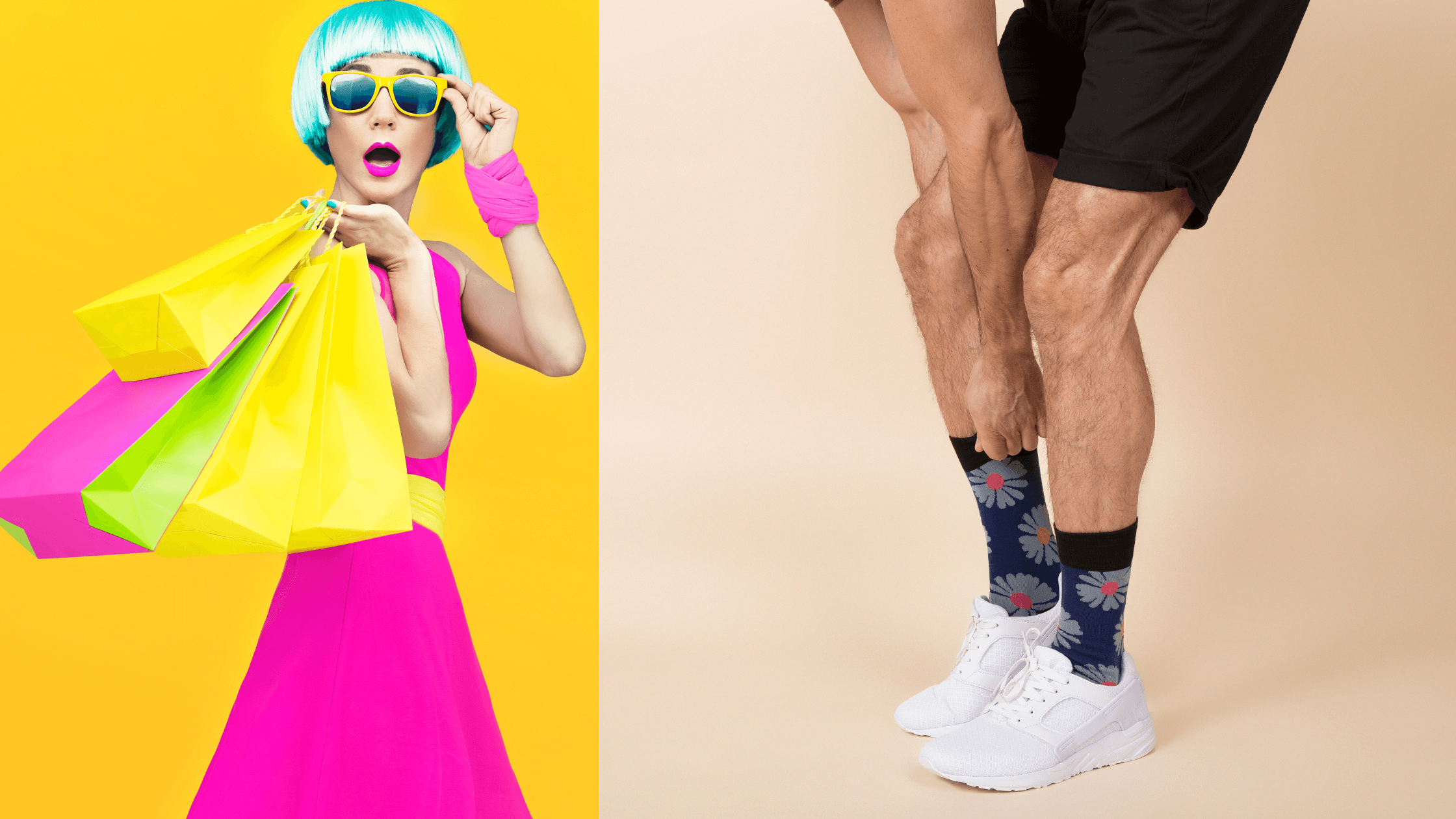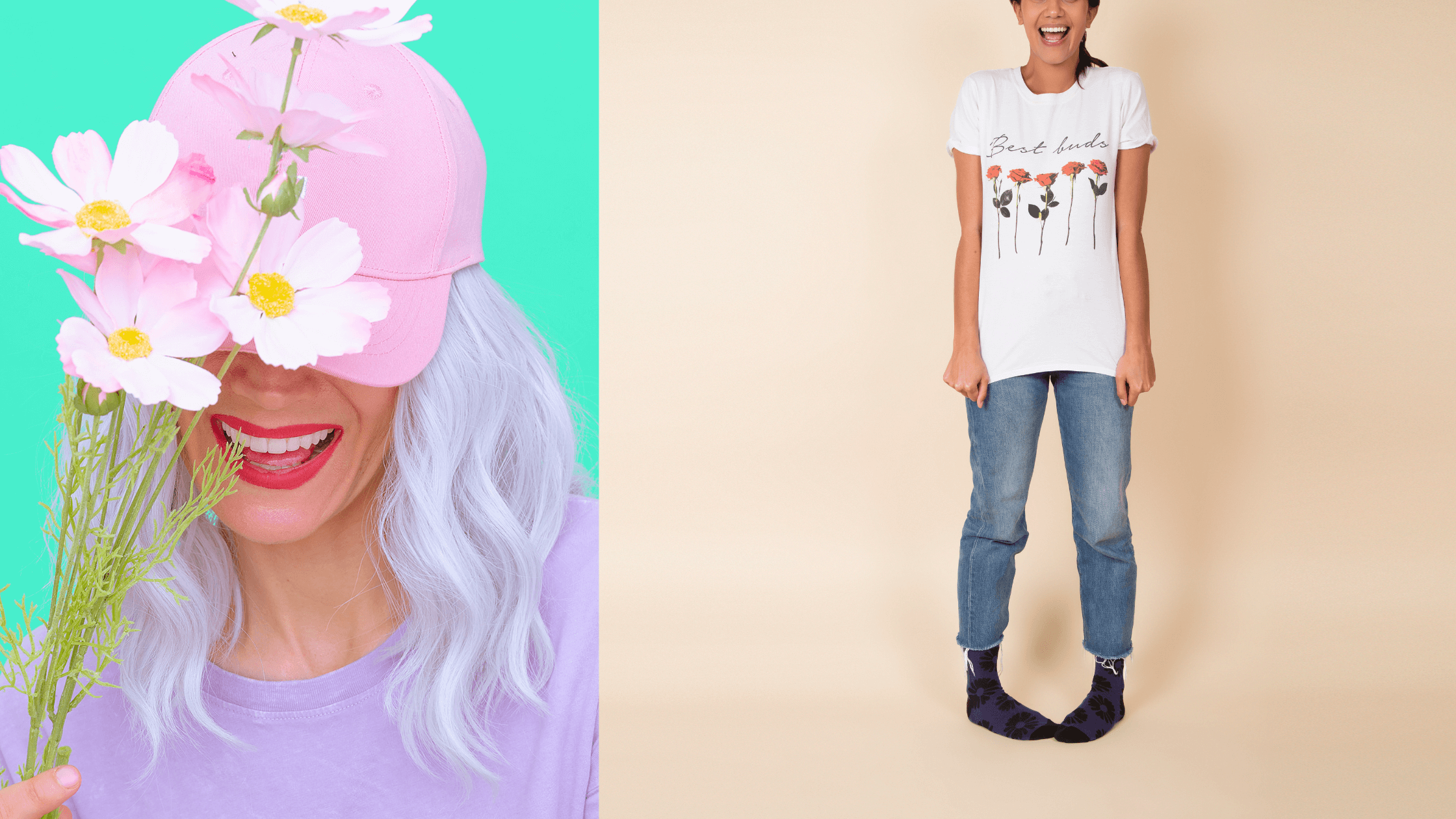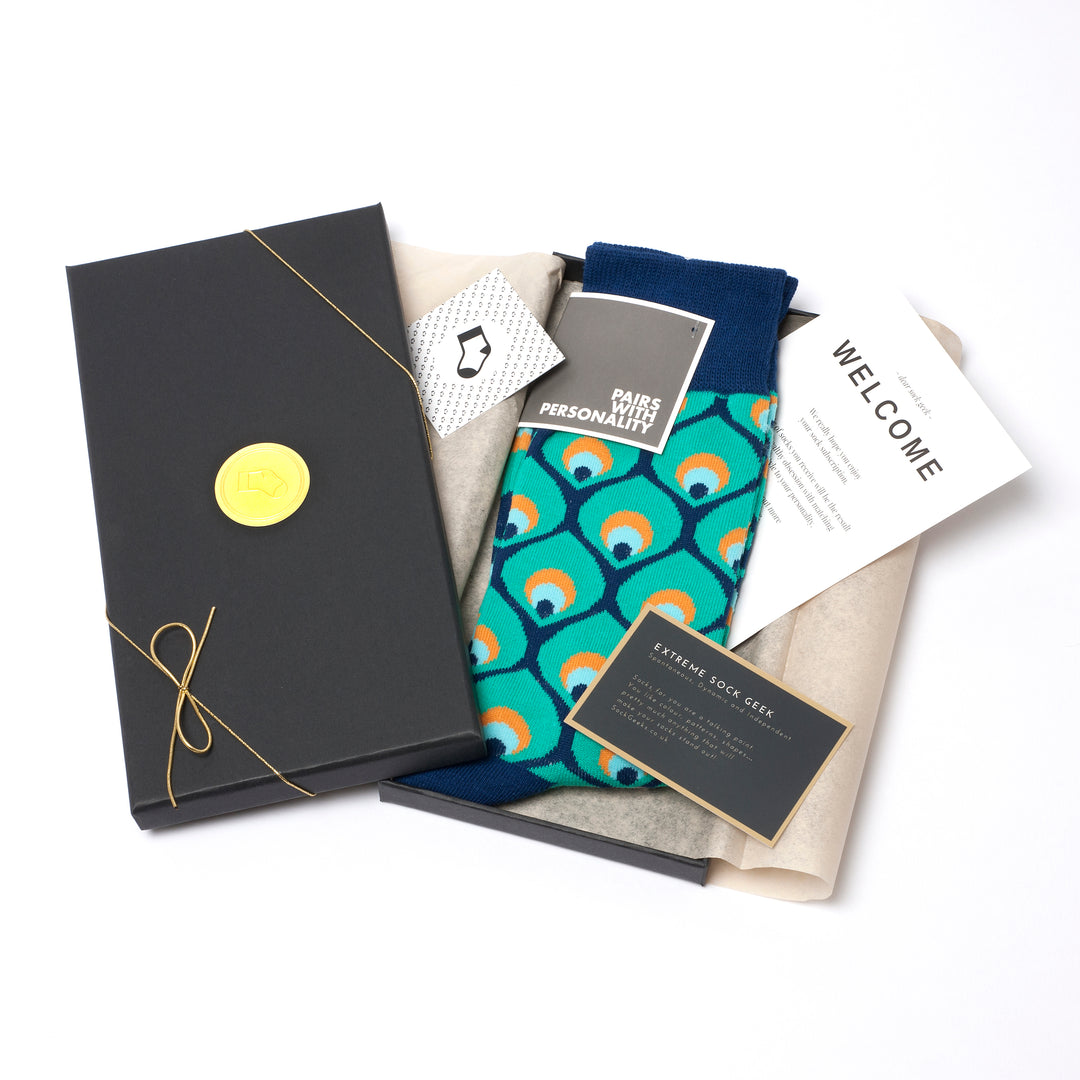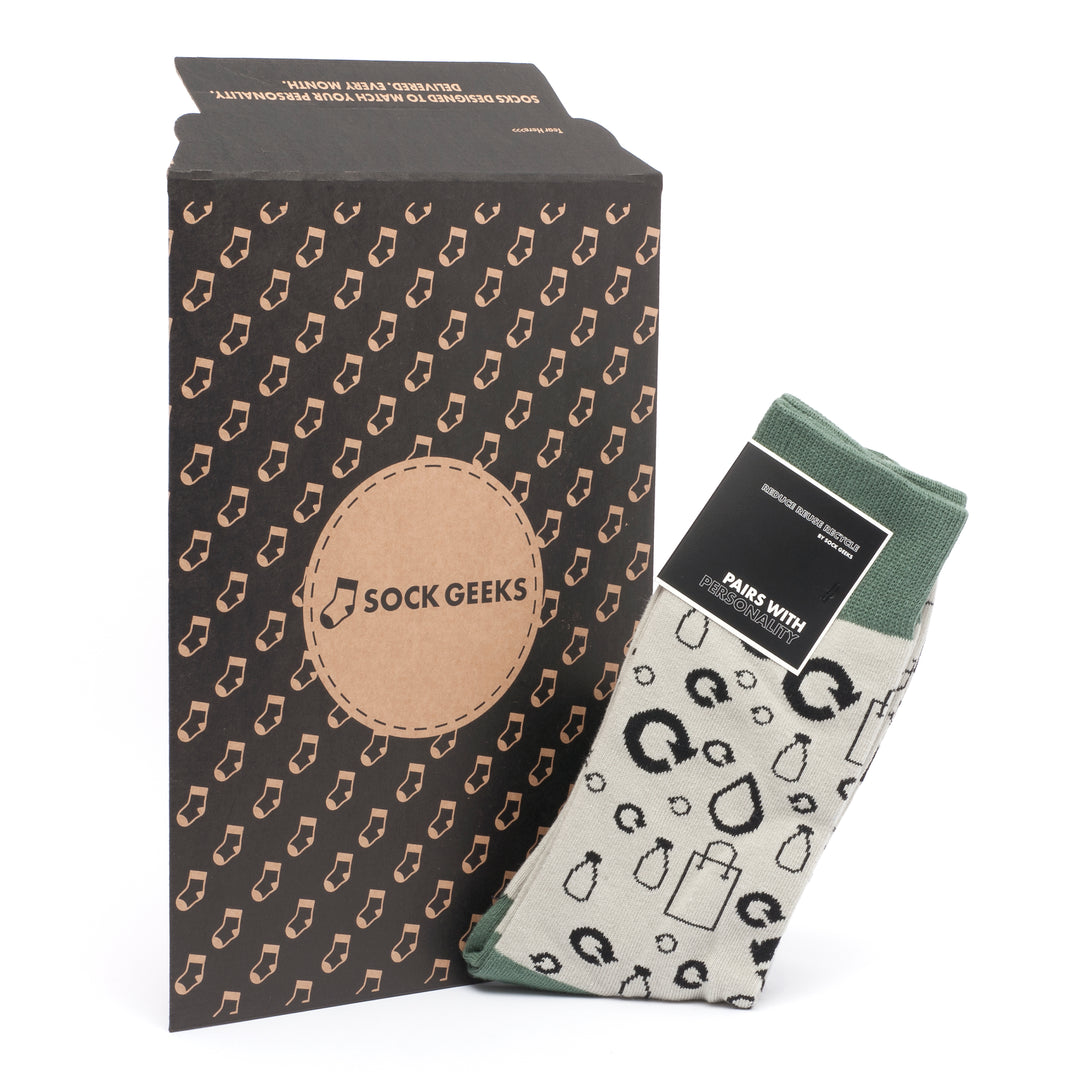Recycle Socks UK: Sustainable Solutions & Creative Ideas
In the UK, recycling has become a crucial part of our daily routines. But what about those old, worn-out socks that seem to have no purpose? Enter the world of recycling socks in the UK. This innovative approach not only reduces waste but also contributes to sustainability and a more sustainable future for our planet. By giving new life to old socks, we can make a significant impact on the environment and reduce our carbon footprint. Join us as we explore the benefits and process of recycling socks in the UK.
Understanding Sock Waste in the UK
Current Situation
The UK generates approximately 50,000 tonnes of textile waste annually, including discarded socks. This waste often ends up in landfills, contributing to environmental issues.
Socks are typically made from a blend of materials like cotton, polyester, and nylon. However, these materials can take years to decompose, leading to long-term pollution.
Environmental Impact
When socks, old underwear, shoes, and pants are disposed of improperly, they release harmful chemicals into the soil and water sources. This pollution can damage ecosystems and pose risks to wildlife.
Landfills filled with non-biodegradable sock waste contribute to greenhouse gas emissions. These emissions further exacerbate climate change issues globally.
Importance of Awareness
Raising awareness about sustainable sock disposal methods is crucial in mitigating environmental damage. By promoting recycling and donating gently used socks, we can reduce the amount of waste sent to landfills.
Educating consumers about the impact of sock waste on the environment can encourage them to make more eco-friendly choices. Through small changes in disposal habits, individuals can collectively make a significant difference in reducing textile waste.
Preparing Socks for Recycling
Cleaning Socks
To prepare socks for recycling, start by cleaning them thoroughly. Remove any dirt, debris, or residues by washing the socks with mild detergent.
Sorting Process
Next, sort the socks based on their material composition. Different fabrics require separate recycling processes, so it's essential to categorise them correctly.
Removing Non-Recyclable Elements
Before recycling, ensure to remove non-recyclable elements such as buttons, embellishments, or elastic bands from the socks. These items can contaminate the recycling process.
When cleaning socks for recycling, it's crucial to use eco-friendly detergents to minimise environmental impact. Separating socks into categories like cotton, wool, or synthetic blends streamlines the recycling process and increases efficiency.
- Pros of preparing socks for recycling:
- Reduces textile waste in landfills.
- Contributes to a more sustainable fashion industry.
- Cons of neglecting proper sock preparation:
- Risk of contaminating the recycling stream.
- Decreased effectiveness of the recycling process due to impurities.
Innovative Upcycling Ideas
Repurposing Techniques
Old socks can be transformed into new items through creative repurposing techniques. One innovative way to upcycle socks is by turning them into car seat organisers. By sewing multiple socks together, you can create a practical storage solution for small items in your vehicle.
DIY Projects
Engage in DIY projects that involve repurposing socks for various purposes. For instance, old socks can be used to make fibreglass tanks for gardening. Cut the sock into strips and layer them with resin to create a sturdy container for plants.
Environmental Impact
Upcycling old socks not only gives them a new lease of life but also contributes to reducing textile waste. By finding creative ways to reuse socks instead of throwing them in the bin, you help minimise the environmental impact of discarded clothing.
Donating Socks for a Second Life
Impact on Textile Waste
Donating socks plays a crucial role in reducing textile waste by giving them a second life instead of discarding them. When old socks are donated, they can be reused or recycled, contributing to a more sustainable environment.
Reputable Organisations
- Charities and charity shops across the UK accept sock donations to support various causes, including helping the homeless community. These organisations ensure that the donated socks reach those in need, providing them with warmth and comfort.
Importance of Donation
Gently used socks are highly valuable to individuals who lack access to basic necessities. By donating socks, you are not only extending the lifespan of the item but also making a difference in someone's life by offering them warmth and care.
Selling Old Socks Online
Platforms & Marketplaces
To sell your old pairs of socks online, consider using various sites and platforms dedicated to second-hand clothing. Utilise popular online marketplaces like eBay or specialised platforms such as Depop.
When listing your smalls, ensure you provide clear descriptions and high-quality images. Use relevant keywords in your listings to attract potential buyers looking for specific types of socks.
Benefits of Selling Pre-Loved Socks
Selling pre-loved socks not only helps in reducing textile waste but also allows you to earn some extra money. By giving your old socks a new life with someone else, you contribute to sustainable fashion practices.
Describing Sock Condition
Accurately describing the condition of your socks is crucial when selling them online. Mention if there are any holes, stains, or signs of wear and tear. Transparency builds trust with buyers and reduces the chances of returns.
Remember to wash and neatly package your old socks before sending them via the postal service for a professional touch. Providing excellent customer service can lead to positive reviews and repeat business opportunities.
Artistic Endeavours with Socks
Creative Projects
Using old socks for artistic projects opens up a world of possibilities. From making sock puppets to crafting unique pieces of art, the versatility of socks allows for endless creativity. Artists and crafters often repurpose socks into various items like colourful quilts, vibrant sculptures, or even funky clothing accessories.
Expressive Masterpieces
Some individuals have elevated sock art to new heights by creating stunning masterpieces. By carefully selecting socks based on colour, texture, and patterns, artists can transform these everyday items into captivating works of art. The intricate details and vibrant colours found in these creations showcase the potential of socks as a medium for self-expression.
Unique Form of Creativity
The use of socks in art provides a unique avenue for creative expression. Unlike traditional mediums, such as paint or clay, working with socks offers a tactile experience that adds depth and dimension to the artwork. This unconventional approach challenges artists to think outside the box and experiment with textures and shapes not typically associated with artistic endeavours.
Environmental Benefits of Recycling
Reduction in Carbon Footprint
Recycling socks significantly reduces the carbon footprint by decreasing the energy required to produce new socks. This process conserves energy and helps combat climate change.
Circular Economy Contribution
Recycling service for socks plays a vital role in creating a circular economy where materials are reused, reducing the need for raw resources. By recycling, we contribute to a sustainable future.
Waste Minimisation and Resource Conservation
Through recycling, we divert socks from ending up in landfills, thus minimising waste generation. This practice conserves valuable resources and promotes environmental sustainability.
Climate Change Mitigation
Choosing Sustainable Socks
Eco-Friendly Materials
When choosing sustainable socks, opt for those made from organic cotton or bamboo to reduce environmental impact. These materials are renewable and biodegradable, making them eco-friendly options.
Production Processes
Consider brands that utilise low-impact dyes and energy-efficient manufacturing processes. This ensures that the production of socks has minimal harm to the environment, reducing carbon footprint.
Ethical Sourcing
Prioritise socks from brands that practice fair trade and ensure ethical sourcing of materials. By supporting ethical practices, you contribute to a more sustainable and responsible fashion industry.
Brands Promoting Sustainability
Look for renowned brands like Thought Clothing or Pact Organic, known for their commitment to sustainability. These brands offer durable socks made from eco-friendly materials, aligning with your environmentally conscious choices.
Summary
You've now discovered the various ways to tackle sock waste in the UK, from recycling and upcycling to donating and selling old socks. By choosing sustainable options and embracing creative ideas, you can contribute to reducing environmental impact while giving your socks a second life. The benefits extend beyond just waste reduction, encompassing artistic expression, charitable contributions, and a positive ecological footprint. Make a conscious effort to recycle or repurpose your old socks for a more sustainable future.




















Leave a comment